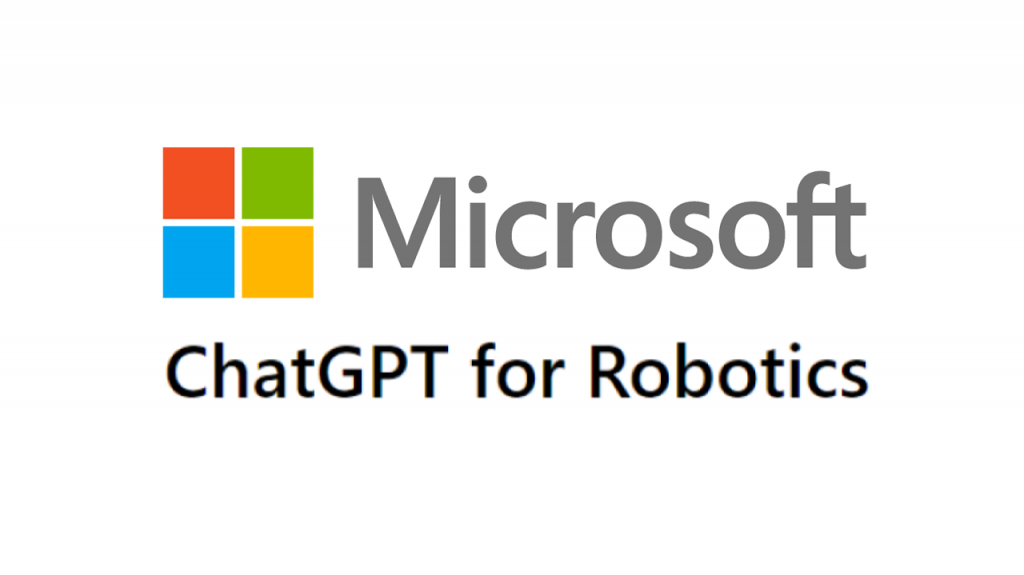Microsoft Announces ChatGPT for Robotics, Robot Interactions Without Learning Complex Programming
The recent announcement of Microsoft implementing ChatGPT (based on the upgraded GPT-4) into the company’s search engine Bing took the world by surprise and attracted many users to join in on the AI hype. But it seems like Microsoft is not only bringing AI to the online market, but to the offline market as well.

As recently announced on the company’s official blog post, the Microsoft Autonomous Systems and Robotics Research Group has recently published a research paper on ChatGPT for Robotics, which allows text robots to directly control physical robots.
ChatGPT for Robotics aims to help people interact with robots more easily, without needing to learn complex programming languages or details about robotic systems.
To go further into the specifics here is a comparison table between robotics today vs ChatGPT for Robotics:
| Robotics Today | ChatGPT for Robotics |
| Current robotics pipelines begin with an engineer or technical user that needs to translate the task’s requirements into code for the system. The engineer sits in the loop, meaning that they need to write new code and specifications to correct the robot’s behaviour. Overall, this process is slow (the user needs to write low-level code), expensive (requires highly skilled users with deep knowledge of robotics), and inefficient (requires multiple interactions to get things working properly). | ChatGPT unlocks a new robotics paradigm, and allows a (potentially non-technical) user to sit on the loop, providing high-level feedback to the large language model (LLM) while monitoring the robot’s performance. By following a set of design principles, ChatGPT can generate code for robotics scenarios. Without any fine-tuning, users can leverage the LLM’s knowledge to control different robots form factors for a variety of tasks. |
| Requires human to translate language instruction to programming instruction | ChatGPT translates language instruction to programming instruction |
| Requires human for debugging | ChatGPT does some of the debugging |
| Process is slow, expensive and inefficient. | Process is faster, cheaper and more efficient. |
In their research paper and blog, Microsoft’s research team shows multiple examples of ChatGPT solving robotics puzzles, along with controlling robot arms, drones, and home assistant robots intuitively with language.

The paper also details several challenges the team has faced since the product is still in development. However, Microsoft’s research team states that their research is only a small fraction of what is possible within the intersection of large language models operating in the robotics space, and hope that more is to come.
Microsoft stated that the tech giant believes that language-based robotics control will be fundamental to bringing robotics out of science labs, and into the hands of everyday users.
RELATED:
- Microsoft Introduces Bing’s ChatGPT to iOS, Android, and Skype, Alongside New Voice Functionality
- China Bans Tech Companies from Offering ChatGPT Services
- OnePlus Ace 2 (11R) is now available on Giztop for $499
(Source)







